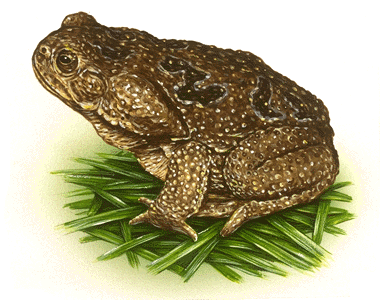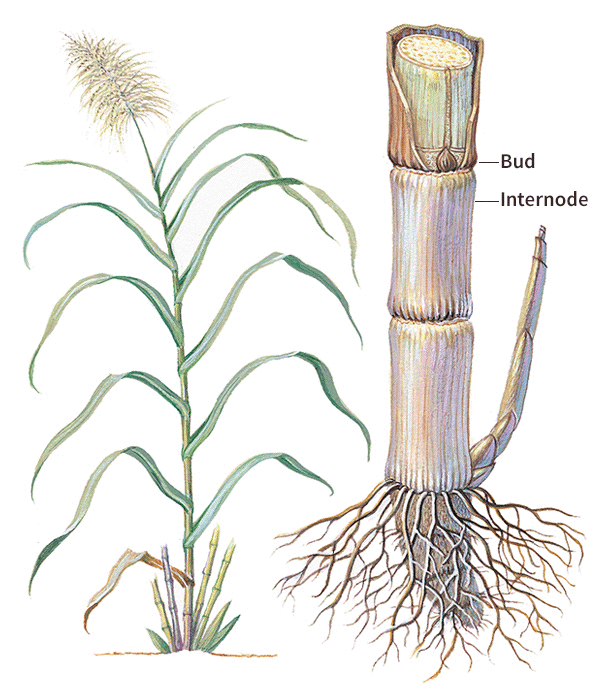Culling the Cane Toads
Thursday, April 12th, 2012April 12, 2012
Each year, people in the Australian state of Queensland take up the fight against a massive army of dangerous, alien invaders: cane toads. The event is called Toad Day Out, and in most years it results in tens of thousands of toads being caught and, later, humanely killed. Prizes are awarded for the heaviest toad caught, as well as for the heaviest total weight of toads caught by an individual. This year, volunteers are facing a toad population estimated at 200 million, and one which may in fact be spreading out of Queensland into New South Wales and the Northern Territory.

The cane toad is one of the largest toads. An adult can grow as long as 9 inches (23 centimeters). (World Book illustration by Oxford Illustrators Limited)
The cane toad, whose range originally extended from the southern United States to tropical South America, is one of the largest toads. It can reach 9 inches (23 centimeters) in length. It is also an impressive breeder. Females are capable of producing up to 20,000 eggs at a time, sometimes several times a year.
Cane toads were originally brought to Australia from Hawaii in 1935 to eat cane beetles, whose larvae were destroying sugar cane crops. The toads multiplied rapidly and soon became a threat to native Australian species. They eat some native animals and insects and compete with others for food. They also secrete toxins through their skin from large glands at the back of the head, making them poisonous to predators, pets, and human beings. Some animals, including quolls (a small marsupial), snakes, and crocodiles, have died after eating cane toads, causing populations of native species to decline. Human beings have experienced intense pain, temporary blindness, and inflammation after handling cane toads. Worst of all, it quickly became clear that cane toads do not eat adult sugar cane beetles, and the larvae live underground, where the toads cannot reach them. The experiment was a failure.

Cane beetle larvae eat the roots of sugar cane, stunting or killing the plants. (World Book illustration by James Teason)
Scientists have been trying for years to find a biological control, such as a genetically engineered virus, to eradicate the cane toad in Australia. However, so far, no solution is in sight. For the time being, the government is focusing on limiting the spread of the toad, and Toad Day Out appears to be the most effective method of dealing with this robust amphibian pest.
Additional World Book article:


